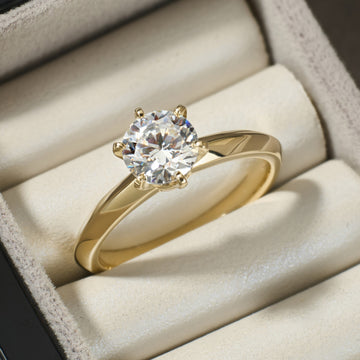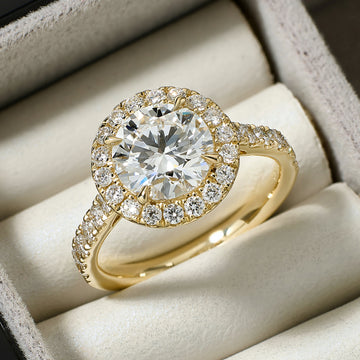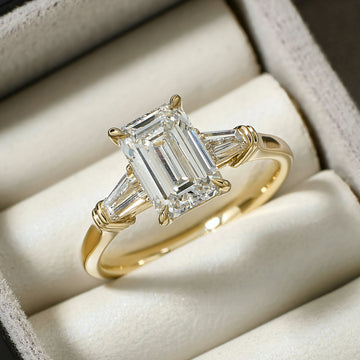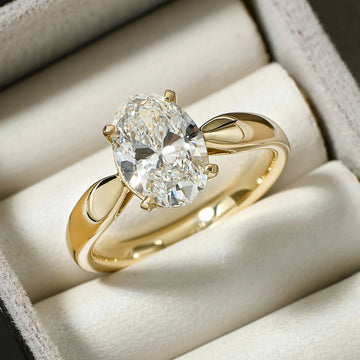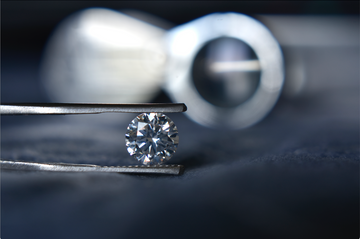Lab-grown diamonds are produced in controlled environments that simulate the natural conditions under which diamonds form deep beneath the Earth’s surface. There are two primary techniques used to manufacture these diamonds: Chemical Vapour Deposition (CVD) and High Pressure High Temperature (HPHT). Both methods are highly effective at producing authentic diamonds of exceptional quality, indistinguishable from those found in nature.
The CVD process begins with a small slice of diamond, which is placed inside a vacuum chamber that is filled with a carbon-rich gas. This gas is then heated to extremely high temperatures. Over the course of several weeks, the gas becomes ionized, causing carbon atoms to adhere to the original diamond slice. Gradually, these carbon atoms crystallize and form a complete diamond.
In the HPHT method, pure carbon is subjected to intense pressure and heat within a metal enclosure, using electric pulses to create the necessary conditions. Under these extreme circumstances, the carbon atoms break down and reassemble into a diamond crystal. Although this method may leave behind trace amounts of metal, these remnants are typically so small that they are invisible to the naked eye.
Lab-grown diamonds, much like natural diamonds, are subjected to a strict grading process. You can use the same criteria—cut, color, and clarity—when evaluating lab-created diamonds, ensuring that the stone you choose is just as stunning as a top-tier natural diamond.




